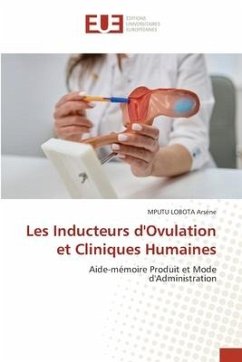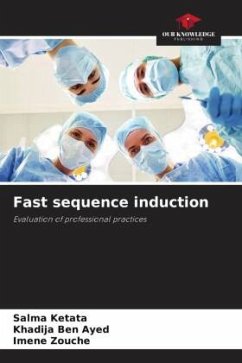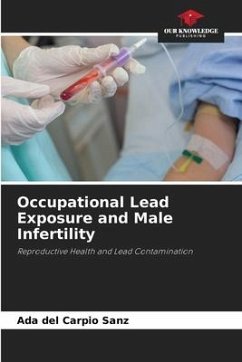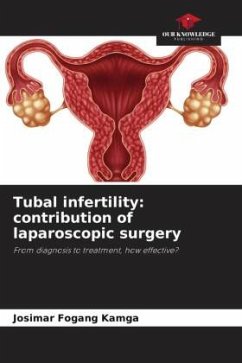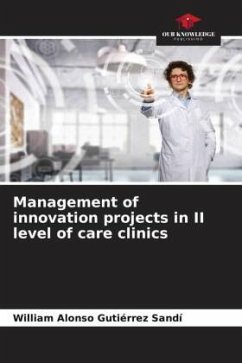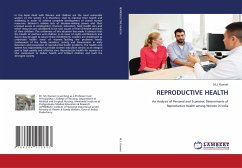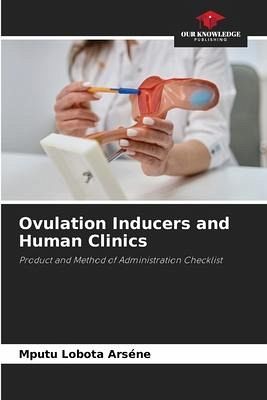
Ovulation Inducers and Human Clinics
Product and Method of Administration Checklist
Versandkostenfrei!
Versandfertig in 6-10 Tagen
29,99 €
inkl. MwSt.

PAYBACK Punkte
15 °P sammeln!
When there is an absence of ovulation (anovulation) or a disorder (dysovulation), and it is possible to try to correct these abnormalities using drugs that induce ovulation. However, it is important to distinguish ovulation inductions intended to correct an ovulation disorder from those intended for paucifollicular recruitment for intrauterine insemination (IUI), or multifollicular recruitment for intrauterine fertilization, in in vitro (IVF). Ovulation induction techniques have evolved in recent years, thanks in particular to progress made in the field of treatment monitoring. The relatively ...
When there is an absence of ovulation (anovulation) or a disorder (dysovulation), and it is possible to try to correct these abnormalities using drugs that induce ovulation. However, it is important to distinguish ovulation inductions intended to correct an ovulation disorder from those intended for paucifollicular recruitment for intrauterine insemination (IUI), or multifollicular recruitment for intrauterine fertilization, in in vitro (IVF). Ovulation induction techniques have evolved in recent years, thanks in particular to progress made in the field of treatment monitoring. The relatively recent appearance of rapid estrogen assays, the practice of ultrasound, are elements that have notably contributed to clarifying the conduct of treatments, thus making it possible to obtain better efficiency, but to prevent the problems, so worrying, of ovarian hyperstimulation.



